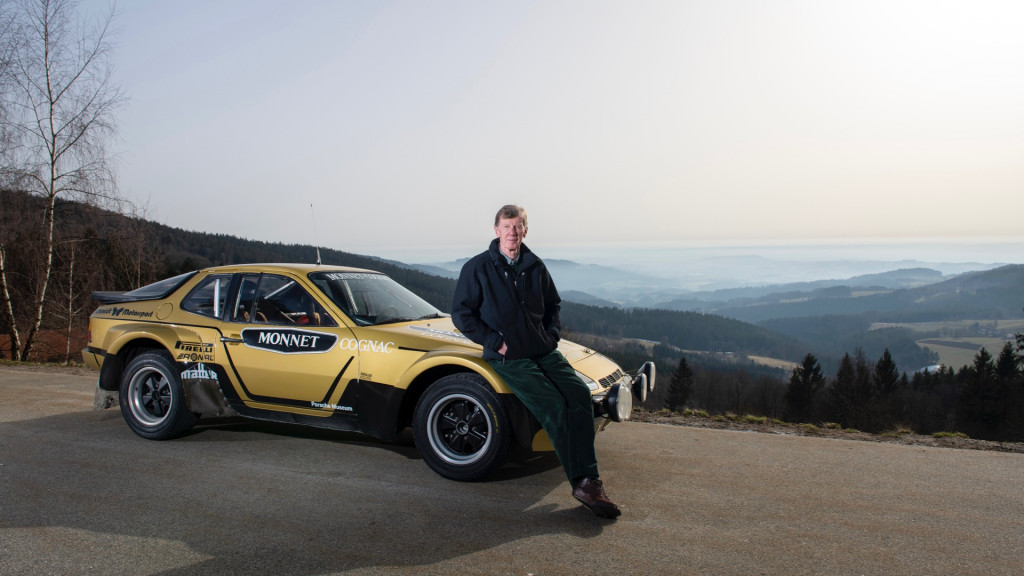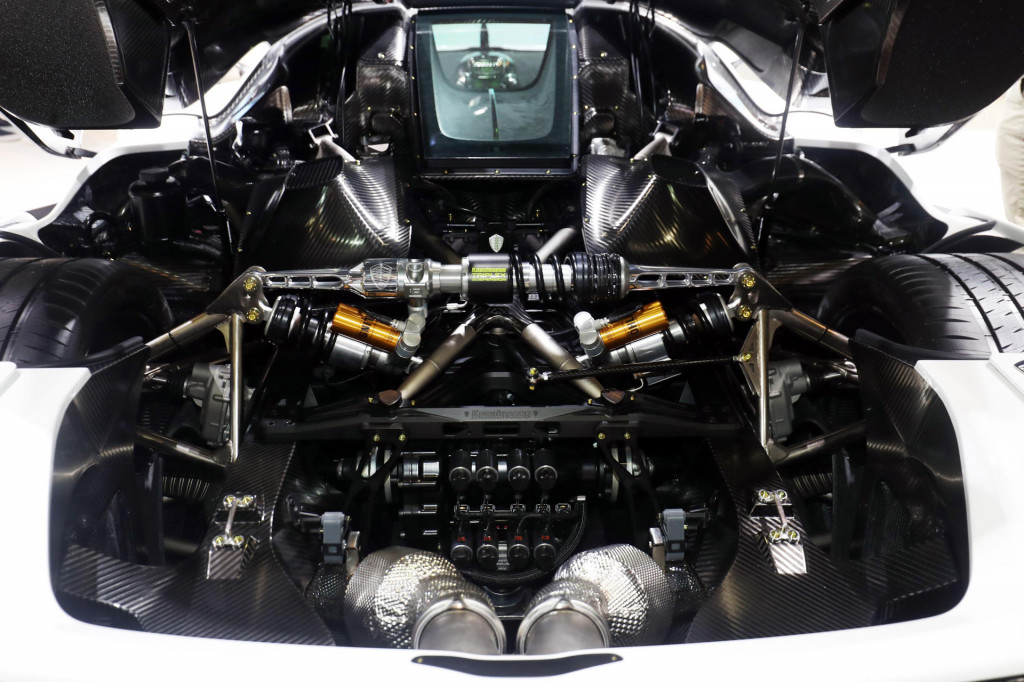Race circuits are the perfect place to push your driving skills to the max, but you must ensure your car is ready for the stress. Following this simple guide on how to prepare your car for a track day before you go will enhance your enjoyment and take a lot of the fear out of it. It should also help you bring your pride and joy home in one piece!
Prepare your car for a track day
Assuming your car is in good general condition (a recent service is advantageous), here are the most important things to check.

Fluids
Ensure that your oil and coolant are up to their maximum marks – take extra with you so you can top up during the day if required. High cornering speeds on track make the oil in your sump move around much more than on the road and can force it away from your oil pump pick-up, which can lead to oil starvation and engine failure – which is why most race cars have baffled sumps – however, this situation is also much more likely if you have low oil levels, so make sure your properly lubed up. Also, your coolant will be working overtime to keep a caned engine cool, so keep an eye on it throughout the day if you want to avoid a cooked engine and blown headgasket. Coolant additives such as Water Wetter or waterless coolants such as Evans Powercool 180 can help keep temps down too.
Brakes
Your brakes will be put under much greater pressure on a trackday, as you brake hard and regularly from high speeds, increasing brake temperatures and wear. A larger multi-piston set up is ideal, but with careful monitoring of their condition, normal road brakes should be fine. Ideally, it’s best to have at least three-quarters of your pad material remaining before any trackday. Running with destroyed pads will dramatically reduce your stopping capacity and quickly kill your discs. It could be worth looking at uprated pads before the day, but remember to bed them in before doing any heavy braking on track. Brake fluid is also important, as higher temperatures increase the risk of boiling the fluid. A good tip is to make sure the brake fluid you have is reasonably fresh. You can check out our guide on high performance brakes here.

Wheels and Tyres
Having a dedicated set of lightweight trackday wheels and sticky tyres – such as slicks or semi-slicks – is a nicety, but not a necessity. Normal road wheels and tyres will be fine in most cases, but just make sure the rubber has plenty of tread (you’ll have to drive home afterwards, remember) and that pressures are at the recommended levels. It’s also worth giving your wheel nuts a good torquing too, as you don’t want to be departing with your rims down the main straight!
Bodywork
Check that there is no loose bodywork and ideally that the headlights are taped-up. This way, if the worst happens and you lose a light, broken plastic or glass won’t be scattered over the circuit to cause punctures for following vehicles. Some people will remove one of the headlights completely, which helps gain additional airflow to the air filter behind. Splitters, spoilers and skirts can aid track driving, but won’t generate any usable downforce, merely modify the car’s pitch and reduce lift. Swapping heavy steel body panels for lightweight carbon items will improve your car’s performance – due to a higher power-to-weight ratio – but make sure you retain the front-to-rear weight balance. Our guide to car aerodynamics offers more advice on improving your car’s performance, you can read it here.

Interior
Inside, remove anything loose in the door pockets and footwells that could become a missile under heavy braking or acceleration, or worse, get jammed under a pedal.
For the more serious trackday fiend, a bucket seat with harnesses is a good move, as is removing extra weight like the rear seats, passenger seat and excess plastic trim. Rollcages are a good option if you are a trackday regular and are concerned about safety in the event of a crash, but are generally not compulsory unless you are competing in a regulated series. Video cameras need to be securely mounted without causing an obstruction and most trackday organisers will want you to sign a disclaimer that states the footage is for private use only. Those who want to lose a bit more weight inside can check out our top 10 ways to make your car lighter guide.
What track day should I pick?
With loads of events each month all over the country (Covid permitting) finding a trackday to suit won’t be an issue, but here are a few things to consider before booking:
Noise limits: This is set by the local council and will be strictly enforced. If you’ve got a loud aftermarket exhaust, get the dB levels checked. If your car is too loud, you won’t be allowed on track.
Format: You have two main choices: ‘session’ or ‘open pitlane’. The former groups drivers of similar ability into 20-30 minute sessions – this is probably the best bet for newbies. Open pitlane days offer as little or as much track time as you want (as long as the maximum number of cars on track isn’t exceeded), but usually cost more, as numbers have to be restricted by the organiser.
Instruction: Check if there is an ARDS (Association of Race driving Schools) instructor on hand. You’ll find a 20-minute session (about £50), with your own personal Stig, will teach you loads and boost your confidence.

What to expect on a track day
At the track you’ll get a short briefing that covers the format and rules for the day and the flag signals. The main rules cover how and when you can overtake and that you must NOT race! Track marshals positioned around the circuit monitor this closely and anyone breaking this important rule will be immediately pulled in to explain themselves. On your first few laps, you probably won’t be familiar with the track and your tyres will be cold. Do not be tempted to go for it straight away as this is probably the time you are mostly likely to have an off! Start slow and build up speed as your confidence grows and tyres warm up. Throwing the car around might be fun, but if you overdo it, you may unsettle the car and risk going off (plus it will take its toll on the car with parts wearing out faster!). Concentrate on driving smoothly – smooth is fast. Aim for getting braking points and corner apexes right. Get your gear changes and braking done in a straight line before turning into a corner then feed the power in gently as you exit the corner and don’t forget to wind the steering lock off as you exit. Practice keeping steering inputs to a minimum.
After a session, always complete a cool-down lap to get some air to the brakes, engine and the transmission, and once stopped in the pits DON’T apply the handbrake, as the pads can fuse themselves to the discs if you’ve been using them hard. Popping the bonnet will help cool the engine too, which gives you a chance to double-check your fluid levels. Also, check the tyres again for excessive wear and that the pressures are still OK; and that all the wheelnuts are tight.
First appeared in Fast Car magazine.
Source








